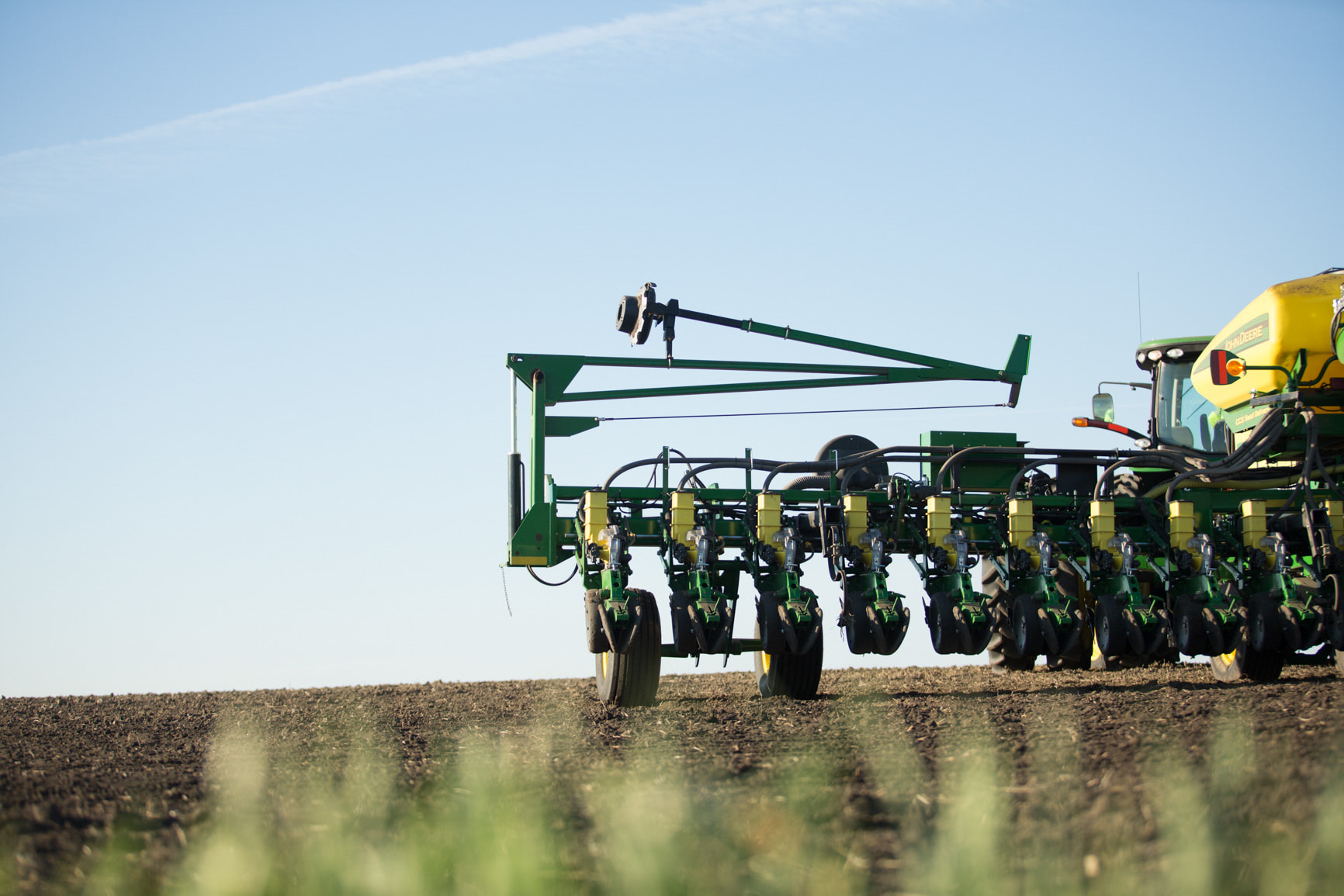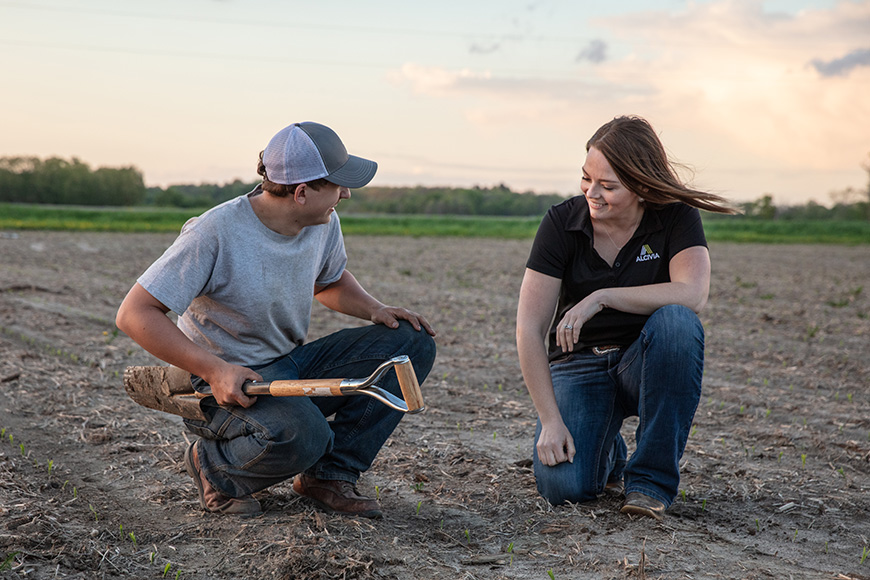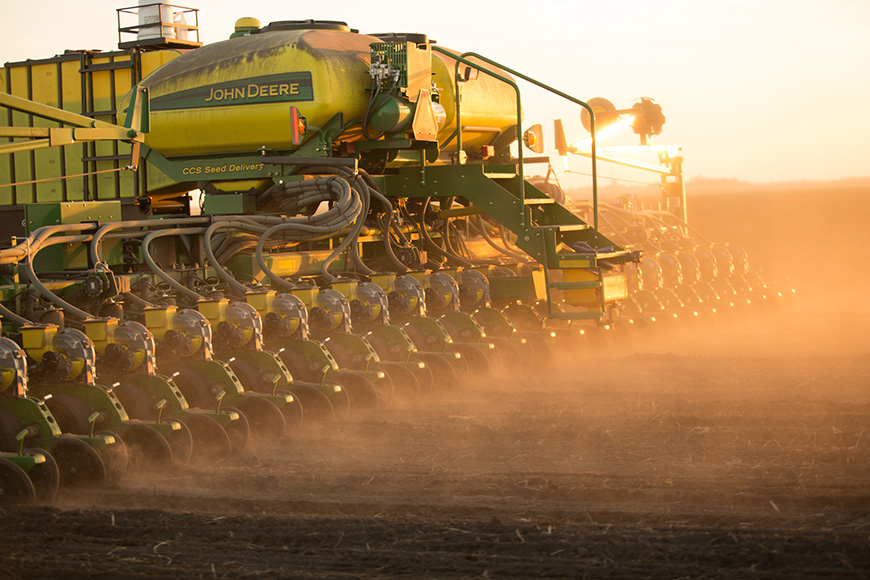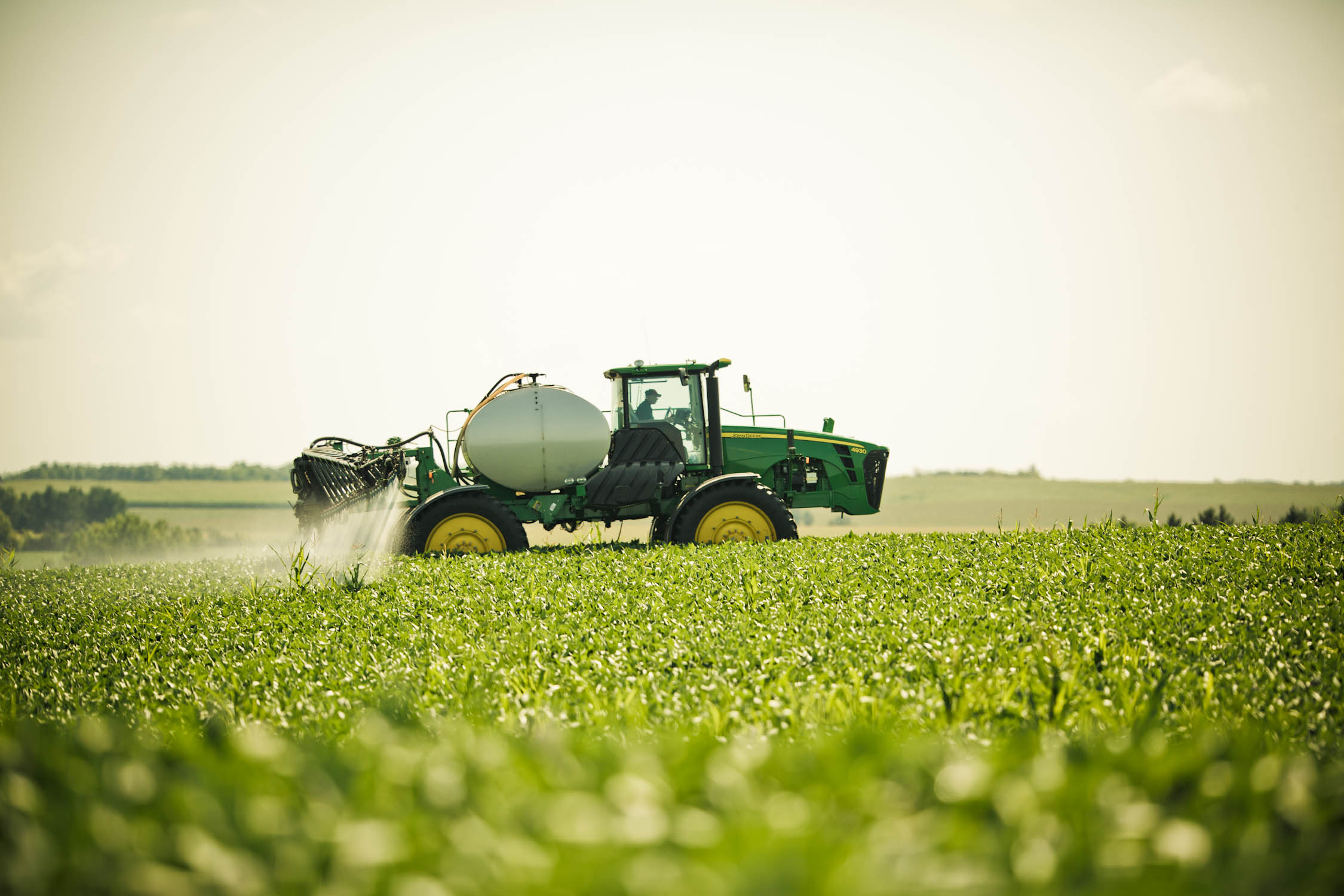4 Tips to Start an Uncertain Season Strong

Every growing season brings a unique set of challenges, some of which are in your control and many of which are not. Input prices, supply chain bottlenecks and pandemic pressures are already giving this season a unique start. Since there’s plenty of uncertainty ahead, it’s important to get the factors you can control right.
Planting not only marks the start of the growing season, it also plays a major role in determining yield. Whether it’s your 40th season or your first, you only get one chance to plant this year. Taking the time to prepare and execute well is one of the best things you can do to set yourself up for success no matter what the rest of the season brings.
Once you’ve identified and taken the RTP score into account, consider your yield goal and the field environment. If you’re in a dry environment, you may want to pull the population down a bit to minimize competition and water demands. If you’re looking at a field with great fertility and drainage, you may consider bumping the population rate up a bit.
In soybeans, you can typically use a more generic seeding rate, unless a field has a history of white mold. If it does, consider lowering the populations some to reduce density and allow more air flow under the canopy.
Work with your local agronomist to take all these factors into account as you determine optimal population rates.
Where I see VRT working best is on low-productivity acres with a goal of achieving equal productivity using less investment. This allows you to reallocate resources and minimize spend on an acre with limited yield potential. VRT can also help you get more from your best acre by helping you become more precise.
Work with your local retail agronomist and their precision ag specialist to determine which hybrids may respond best to VRT, which fields are best suited for it, and make sure the field’s fertility accommodates VRT. With fertilizer prices so high this year, VRT can also help you get more specific with your fertilizer placement and put your investment only where it’s needed.
Make sure you perform a thorough planter check before you head into the field and continue to do regular checks throughout the season. Pay close attention to the monitor and make sure you know what all the features indicate so you can quickly identify any issues. Oftentimes, when I go out to evaluate an issue mid-season, it’s due to a planting error.
Planting sets the tone for the rest of the season, so take the time you need to do it right and work with your WinField United retailer to set a proactive plan.
All photos are either the property of WinField United or used with permission.
© 2022 WinField United. Important: Before use always read and follow label instructions. Crop performance is dependent on several factors many of which are beyond the control of WinField United, including without limitation, soil type, pest pressures, agronomic practices and weather conditions. Growers are encouraged to consider data from multiple locations, over multiple years and to be mindful of how such agronomic conditions could impact results. WinField is a trademark of WinField United. All other trademarks are the property of their respective owners.
Planting not only marks the start of the growing season, it also plays a major role in determining yield. Whether it’s your 40th season or your first, you only get one chance to plant this year. Taking the time to prepare and execute well is one of the best things you can do to set yourself up for success no matter what the rest of the season brings.
1. Set Strategic Seeding Rates
Some hybrids respond more favorably to being planted at high populations than others. To help growers determine optimal rates, WinField® United provides response-to population (RTP) scores based on field data that indicate how corn hybrids respond to population density. Referencing these scores is a great baseline for setting seeding rates for your hybrids.Once you’ve identified and taken the RTP score into account, consider your yield goal and the field environment. If you’re in a dry environment, you may want to pull the population down a bit to minimize competition and water demands. If you’re looking at a field with great fertility and drainage, you may consider bumping the population rate up a bit.
In soybeans, you can typically use a more generic seeding rate, unless a field has a history of white mold. If it does, consider lowering the populations some to reduce density and allow more air flow under the canopy.
Work with your local agronomist to take all these factors into account as you determine optimal population rates.
2. Use Variable-Rate Technology Wisely
With variable-rate technology (VRT), selecting seeding rates is more nuanced. It requires maps, prescriptions and additional tools. Before diving in, determine what your goal of using VRT at planting is. While it is incredible technology, it may not always be necessary.Where I see VRT working best is on low-productivity acres with a goal of achieving equal productivity using less investment. This allows you to reallocate resources and minimize spend on an acre with limited yield potential. VRT can also help you get more from your best acre by helping you become more precise.
Work with your local retail agronomist and their precision ag specialist to determine which hybrids may respond best to VRT, which fields are best suited for it, and make sure the field’s fertility accommodates VRT. With fertilizer prices so high this year, VRT can also help you get more specific with your fertilizer placement and put your investment only where it’s needed.
3. Keep an Eye on Planter Performance
Planter malfunctions like seed skips and multiples can impact plant performance throughout the season. Corn plants thrive when they’re uniformly spaced. When they’re too close together, they start competing for resources. When there’s too large of a gap, that’s yield potential left on the table.Make sure you perform a thorough planter check before you head into the field and continue to do regular checks throughout the season. Pay close attention to the monitor and make sure you know what all the features indicate so you can quickly identify any issues. Oftentimes, when I go out to evaluate an issue mid-season, it’s due to a planting error.
4. Don’t Rush
It’s hard to resist the urgency spring brings but rushing through planting causes more harm than good. Make sure you’re planting at the most optimal time in the most optimal field conditions. When it comes to planter speed, I typically recommend 4-5 mph. If you have a high-speed planter, 5.5-7.5 mph tends to be a good range that allows for increased productivity but still maintains good planter performance. If you want to push it higher, make sure field conditions allow it.Planting sets the tone for the rest of the season, so take the time you need to do it right and work with your WinField United retailer to set a proactive plan.
All photos are either the property of WinField United or used with permission.
© 2022 WinField United. Important: Before use always read and follow label instructions. Crop performance is dependent on several factors many of which are beyond the control of WinField United, including without limitation, soil type, pest pressures, agronomic practices and weather conditions. Growers are encouraged to consider data from multiple locations, over multiple years and to be mindful of how such agronomic conditions could impact results. WinField is a trademark of WinField United. All other trademarks are the property of their respective owners.




